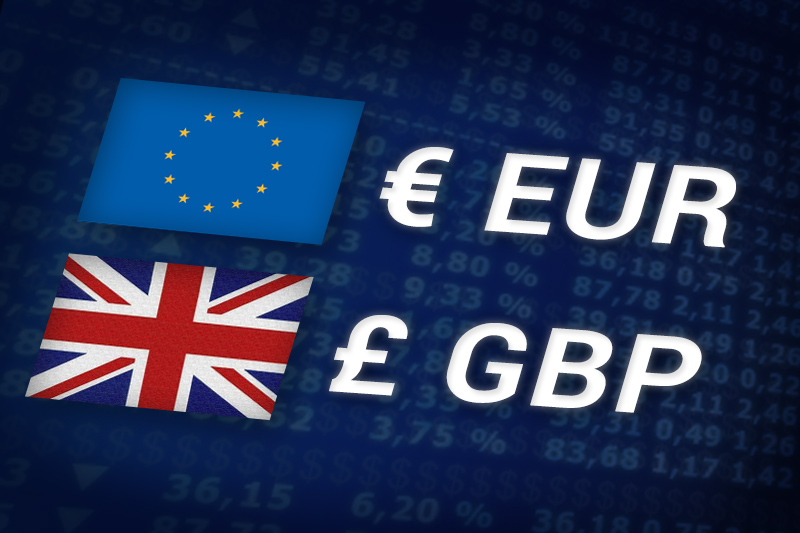Investing.com – The euro edged higher against the pound on Monday, as speculation that the Bank of England may implement fresh monetary easing to bolster faltering U.K. growth weighed on sterling.
EUR/GBP hit 0.8634 during European early afternoon trade, the daily high; the pair subsequently consolidated at 0.8706, gaining 0.20%.
The pair was likely to find support at 0.8562, the days low and a three-week low and resistance at 0.8636.
The pound fell sharply earlier in the session, hitting the daily low as the result of an erroneous computer generated trade. The currency rapidly recovered some losses but remained broadly lower.
Sterling shrugged off a report showing that manufacturing activity in the U.K. rebounded from a 26-month low in September.
The Markit/CIPS manufacturing purchasing managers’ index rose to 51.1 last month from an upwardly revised 49.4 in August. The reading was well above forecasts of 48.6 and above the 50 level that separates growth from contraction.
However, the report said growth remained below the levels seen at the beginning of the year and that the contribution of the manufacturing sector to the overall economic recovery looked likely to remain “modest, at best” for the remainder of the year.
The pound has been hit by speculation that the BoE may restart its asset purchase program, possibly as soon as this week, after a recent string of soft economic data sparked fears the economic recovery in the U.K. is losing momentum.
Meanwhile, concerns over the deepening debt crisis in the euro zone also weighed.
Sterling was also lower against the U.S. dollar, with GBP/USD shedding 0.39% to hit 1.5524.
Later in the day, the U.S. Institute of Supply Management was to publish data on manufacturing activity.
EUR/GBP hit 0.8634 during European early afternoon trade, the daily high; the pair subsequently consolidated at 0.8706, gaining 0.20%.
The pair was likely to find support at 0.8562, the days low and a three-week low and resistance at 0.8636.
The pound fell sharply earlier in the session, hitting the daily low as the result of an erroneous computer generated trade. The currency rapidly recovered some losses but remained broadly lower.
Sterling shrugged off a report showing that manufacturing activity in the U.K. rebounded from a 26-month low in September.
The Markit/CIPS manufacturing purchasing managers’ index rose to 51.1 last month from an upwardly revised 49.4 in August. The reading was well above forecasts of 48.6 and above the 50 level that separates growth from contraction.
However, the report said growth remained below the levels seen at the beginning of the year and that the contribution of the manufacturing sector to the overall economic recovery looked likely to remain “modest, at best” for the remainder of the year.
The pound has been hit by speculation that the BoE may restart its asset purchase program, possibly as soon as this week, after a recent string of soft economic data sparked fears the economic recovery in the U.K. is losing momentum.
Meanwhile, concerns over the deepening debt crisis in the euro zone also weighed.
Sterling was also lower against the U.S. dollar, with GBP/USD shedding 0.39% to hit 1.5524.
Later in the day, the U.S. Institute of Supply Management was to publish data on manufacturing activity.
